Home>Renovation & DIY>Home Renovation Guides>How To Get A Loan With Bad Credit For Home Improvements?


Home Renovation Guides
How To Get A Loan With Bad Credit For Home Improvements?
Modified: February 25, 2024
Learn how to secure a home renovation loan with bad credit using our comprehensive guides. Get the funds you need for your home improvements today!
(Many of the links in this article redirect to a specific reviewed product. Your purchase of these products through affiliate links helps to generate commission for Storables.com, at no extra cost. Learn more)
**
Introduction
**
Are you dreaming of renovating your home but feeling discouraged by your less-than-perfect credit score? You're not alone. Many homeowners face the challenge of obtaining a loan for home improvements when their credit history isn't pristine. However, the good news is that having bad credit doesn't necessarily mean you can't secure financing for your home renovation projects. With the right knowledge and approach, you can explore various options and increase your chances of getting the funds you need.
In this comprehensive guide, we'll delve into the world of bad credit home improvement loans, exploring the available options and providing valuable tips to help you navigate the process with confidence. Whether you're looking to remodel your kitchen, upgrade your bathroom, or make any other enhancements to your living space, understanding how to obtain a loan with bad credit can be the key to turning your renovation dreams into reality.
So, let's embark on this journey together, empowering you with the knowledge and strategies to overcome the challenges of bad credit and secure the financing you need for your home improvement endeavors. Whether it's tackling a long-overdue project or adding value to your property, there are viable solutions awaiting you, and we're here to guide you every step of the way.
Now, let's dive into the intricacies of bad credit and home improvement loans, unraveling the possibilities and paving the path toward achieving your renovation goals.
**
Key Takeaways:
- Don’t let bad credit stop your home renovation dreams! Explore FHA Title 1 loans, personal loans, and alternative funding options to secure the financing you need, despite credit challenges.
- Improve your chances of getting a home improvement loan with bad credit by improving your credit profile, highlighting stable income, and exploring co-signer options. Creative funding avenues like crowdfunding and energy-efficient incentives can also help you achieve your renovation goals.
Understanding Bad Credit and Home Improvement Loans
Before delving into the specific options for obtaining a home improvement loan with bad credit, it’s essential to understand the dynamics of bad credit and its implications on loan applications. Your credit score serves as a crucial factor for lenders when assessing your creditworthiness. A lower credit score, typically below 620, may categorize you as a high-risk borrower, potentially limiting your access to traditional loans with favorable terms.
When it comes to home improvement loans, your credit score can significantly impact the type of loans available to you and the associated interest rates. Traditional home improvement loans, such as home equity loans and personal loans, may be more challenging to secure with bad credit. These loans often rely on your credit history and income to determine eligibility and terms.
However, understanding the nuances of bad credit doesn’t mean resigning yourself to limited options. It’s important to explore alternative loan sources and understand the specific criteria and considerations that can influence your eligibility for a home improvement loan with bad credit. By gaining insights into these factors, you can strategically position yourself to navigate the lending landscape and pursue viable financing solutions for your renovation projects.
Beyond your credit score, lenders may also consider other aspects of your financial profile, such as your income, employment stability, and existing debts. By comprehensively understanding these elements, you can proactively address any concerns and present a compelling case for securing a home improvement loan, even with less-than-ideal credit.
Now that we’ve laid the groundwork for comprehending the interplay between bad credit and home improvement loans, let’s explore the diverse options available for obtaining the funding you need, despite the challenges posed by a less-than-perfect credit history.
**
Options for Getting a Loan with Bad Credit
**
When seeking a loan for home improvements with bad credit, it’s crucial to explore the available options tailored to accommodate borrowers facing credit challenges. Despite the conventional limitations associated with bad credit, several avenues exist for obtaining the necessary funds to enhance your home. Let’s delve into some of the viable options:
1. FHA Title 1 Loan:
The Federal Housing Administration (FHA) offers Title 1 loans designed specifically for home improvements. These loans are accessible to borrowers with lower credit scores and do not require equity in the home as collateral. With flexible qualification criteria, FHA Title 1 loans can be an attractive option for individuals with bad credit seeking financing for renovation projects.
2. Home Equity Line of Credit (HELOC):
If you have equity in your home, a HELOC allows you to leverage this equity to fund home improvements. While bad credit may pose challenges in securing a HELOC, some lenders offer options tailored to individuals with less-than-perfect credit. By tapping into your home’s equity, you can access funds for renovations despite credit obstacles.
3. Personal Loans for Bad Credit:
Several financial institutions and online lenders specialize in providing personal loans to individuals with bad credit. These loans may offer more flexibility in the approval process and can be used for various purposes, including home improvements. While interest rates may be higher for individuals with bad credit, personal loans present a viable avenue for securing the funds needed for renovation projects.
4. Peer-to-Peer Lending:
Peer-to-peer lending platforms connect borrowers with individual investors willing to fund loans. These platforms often consider factors beyond credit scores when evaluating loan applications, providing an opportunity for individuals with bad credit to access financing for home improvements through a non-traditional route.
5. Government Grants and Programs:
Exploring government-sponsored grants and programs for home improvements can be another avenue worth considering. Some programs are tailored to assist homeowners with lower incomes or credit challenges in making essential home upgrades. Researching available grants and assistance programs in your area can uncover potential funding sources for your renovation endeavors.
By exploring these options and understanding their specific requirements and benefits, you can strategically pursue a home improvement loan despite the constraints of bad credit. Each option presents unique advantages and considerations, empowering you to make an informed decision aligned with your financial circumstances and renovation goals.
**
Consider applying for a secured loan using your home as collateral, or look for lenders that specialize in bad credit loans. You can also try to improve your credit score before applying.
Tips for Getting Approved for a Home Improvement Loan with Bad Credit
While securing a home improvement loan with bad credit may present challenges, implementing strategic approaches can enhance your prospects of approval. Consider the following tips to bolster your chances of obtaining the financing you need for your renovation projects:
1. Improve Your Credit Profile:
Prior to applying for a home improvement loan, take proactive steps to improve your credit profile. This may include addressing any errors on your credit report, paying down existing debts, and ensuring timely payments on current obligations. By demonstrating a commitment to improving your credit, you can positively influence lenders’ perceptions of your creditworthiness.
2. Highlight Stable Income and Employment:
Emphasize your stable income and employment history when applying for a home improvement loan. Providing evidence of consistent income and steady employment can mitigate concerns related to your credit history, showcasing your ability to manage loan repayments effectively.
3. Explore Co-Signer Options:
If feasible, consider enlisting a co-signer with a strong credit profile to support your loan application. A co-signer can provide added assurance to lenders, potentially increasing your chances of approval and securing more favorable loan terms despite your bad credit.
4. Research Lenders Specializing in Bad Credit Loans:
Conduct thorough research to identify lenders specializing in offering home improvement loans to individuals with bad credit. These lenders may have tailored programs and more lenient eligibility criteria, making them more receptive to applicants with credit challenges.
5. Provide Detailed Renovation Plans and Estimates:
When applying for a home improvement loan, present comprehensive renovation plans and detailed cost estimates. Clearly outlining the intended use of the funds and the expected outcomes of the renovations can instill confidence in lenders, showcasing the purposeful nature of your loan request.
6. Consider Alternative Collateral or Assets:
If traditional collateral options are limited due to your credit history, explore alternative forms of collateral or assets to secure the loan. This could include valuable possessions or assets that align with lenders’ requirements and offer reassurance in lieu of a strong credit history.
By implementing these tips, you can proactively address the challenges of bad credit and position yourself for a successful home improvement loan application. Each strategy serves to strengthen your overall financial profile and demonstrate your commitment to responsible borrowing, ultimately bolstering your case for securing the necessary funds to transform your living space.
**
Alternative Funding Options for Home Improvements
While traditional home improvement loans may pose challenges for individuals with bad credit, alternative funding sources offer additional avenues to finance your renovation endeavors. Exploring these options can provide valuable alternatives to secure the necessary funds despite credit obstacles. Let’s explore some alternative funding avenues tailored to accommodate individuals with bad credit:
1. Credit Unions:
Credit unions often offer more personalized lending approaches and may be more willing to work with individuals with bad credit. By establishing a relationship with a credit union and exploring their loan products, you may find more flexible options for funding your home improvements.
2. Home Improvement Grants and Assistance Programs:
Researching local, state, or federal home improvement grants and assistance programs can uncover valuable funding opportunities. These programs are often designed to support homeowners with limited incomes or credit challenges in making essential home upgrades, providing grants or low-interest loans for qualifying renovation projects.
3. Crowdfunding Platforms:
Crowdfunding platforms offer a non-traditional approach to raising funds for home improvements. By presenting your renovation project on crowdfunding websites, you can appeal to a broader audience for financial support. This approach can be particularly effective for showcasing unique or impactful renovation initiatives that resonate with potential backers.
4. Negotiating with Contractors and Suppliers:
Engage in open communication with contractors and suppliers to explore flexible payment arrangements or discounted pricing for your home improvement project. Some professionals and vendors may be willing to accommodate your financial situation by offering extended payment terms or cost-saving options, easing the financial burden of your renovations.
5. Energy-Efficiency and Eco-Friendly Incentives:
Explore incentives and rebates available for energy-efficient or eco-friendly home improvements. Many utility companies and government entities offer financial incentives for implementing environmentally conscious upgrades, such as solar panels, energy-efficient appliances, and insulation, which can offset the overall costs of your renovation project.
By considering these alternative funding options, you can expand your financial toolkit and explore creative approaches to secure the necessary funds for your home improvements. Each avenue presents unique opportunities to overcome the challenges of bad credit and pursue your renovation goals with resourcefulness and determination.
**
Conclusion
Embarking on home improvement projects with bad credit may initially seem daunting, but the landscape of financing options is more diverse and accommodating than it may appear. By understanding the interplay between bad credit and home improvement loans, exploring alternative funding sources, and implementing strategic approaches, you can overcome the challenges posed by your credit history and secure the necessary funds to transform your living space.
Throughout this guide, we’ve navigated the intricacies of obtaining a home improvement loan with bad credit, uncovering a wealth of options and insights to empower you in your pursuit of renovation financing. From FHA Title 1 loans to personal loans for bad credit, each avenue presents unique advantages and considerations, offering pathways to realize your renovation aspirations despite credit obstacles.
Furthermore, the tips and strategies shared for bolstering your approval prospects and the exploration of alternative funding options have equipped you with a comprehensive toolkit to navigate the complexities of securing financing for home improvements with bad credit. By leveraging these resources and approaches, you can confidently pursue your renovation projects, knowing that viable solutions exist to support your endeavors.
As you continue on your journey toward enhancing your home, remember that proactive financial management and strategic decision-making can positively influence your ability to secure the funding you need. Whether it’s leveraging alternative collateral, exploring energy-efficient incentives, or engaging with credit unions, each step taken brings you closer to realizing your renovation goals.
Ultimately, the challenges of bad credit need not deter you from embarking on transformative home improvement projects. By harnessing the knowledge and resources provided in this guide, you are empowered to navigate the lending landscape with confidence, resilience, and a clear vision for the future of your living space.
So, as you embark on this exciting chapter of home renovations, embrace the possibilities, leverage the available options, and embark on your journey with the knowledge that your renovation dreams are within reach, regardless of your credit history.
Frequently Asked Questions about How To Get A Loan With Bad Credit For Home Improvements?
Was this page helpful?
At Storables.com, we guarantee accurate and reliable information. Our content, validated by Expert Board Contributors, is crafted following stringent Editorial Policies. We're committed to providing you with well-researched, expert-backed insights for all your informational needs.
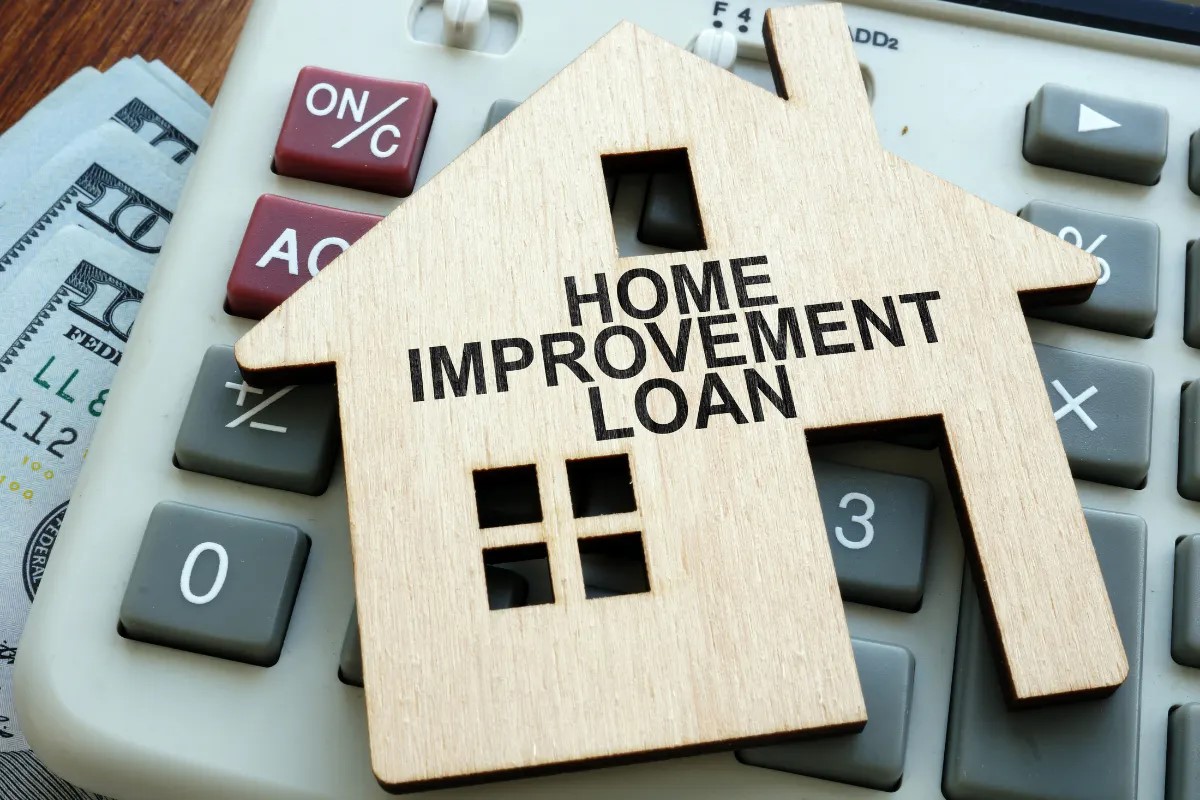




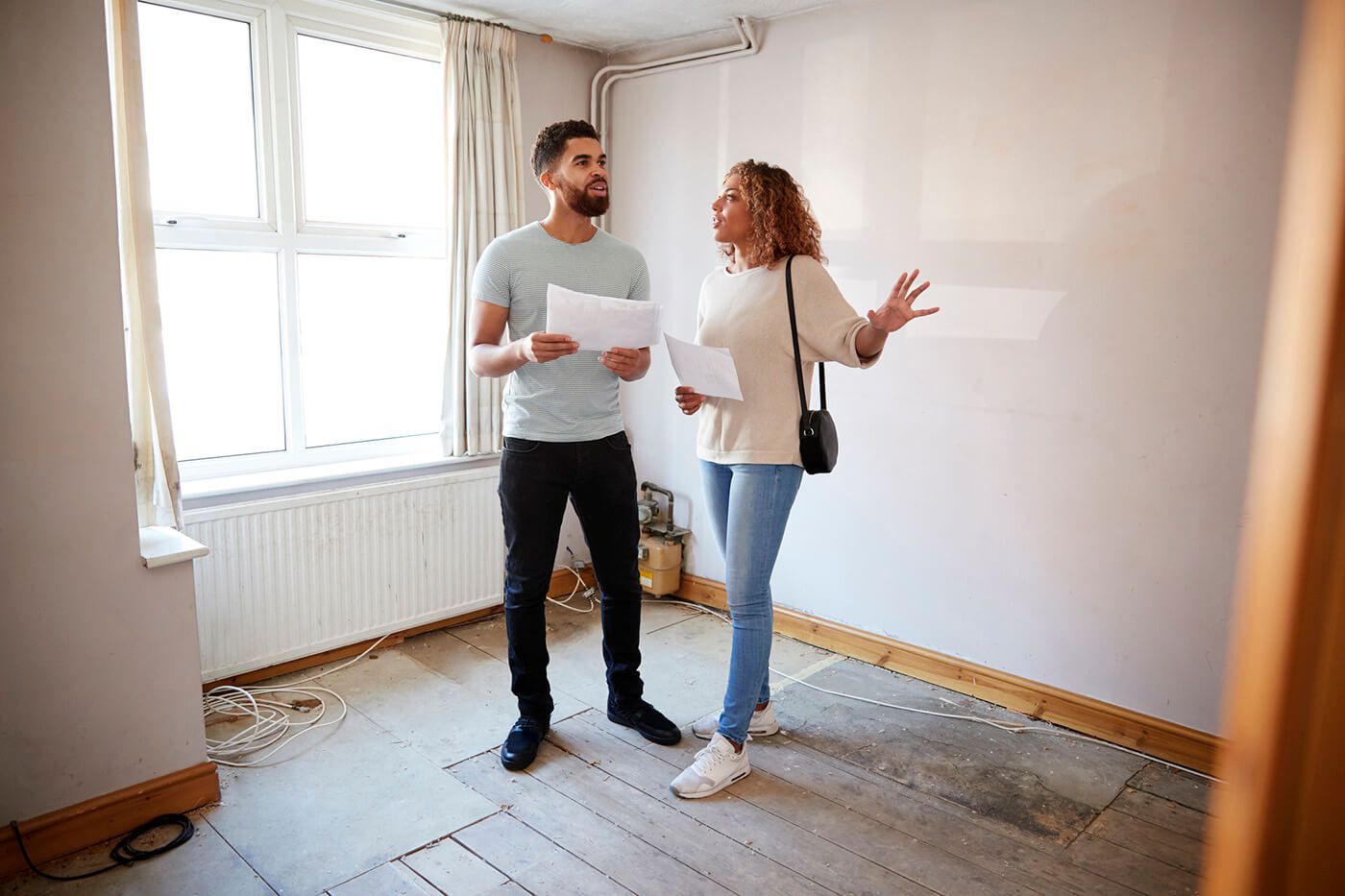
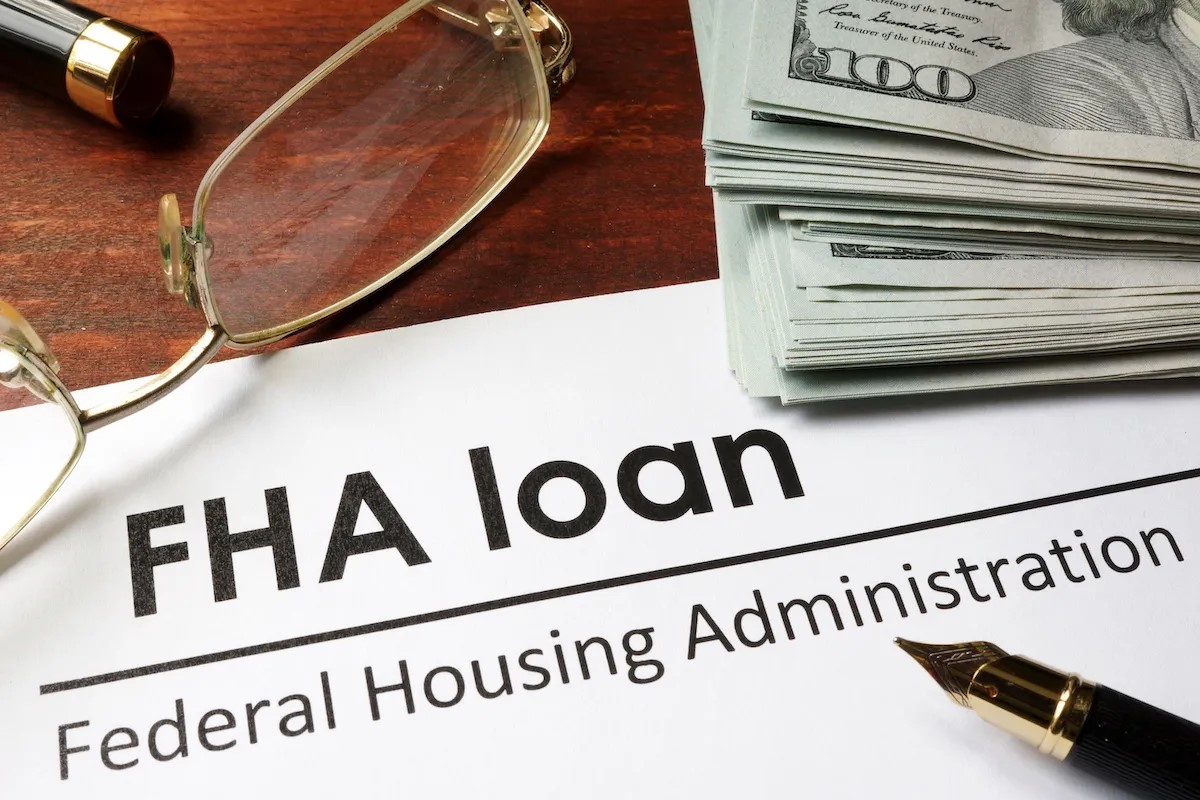

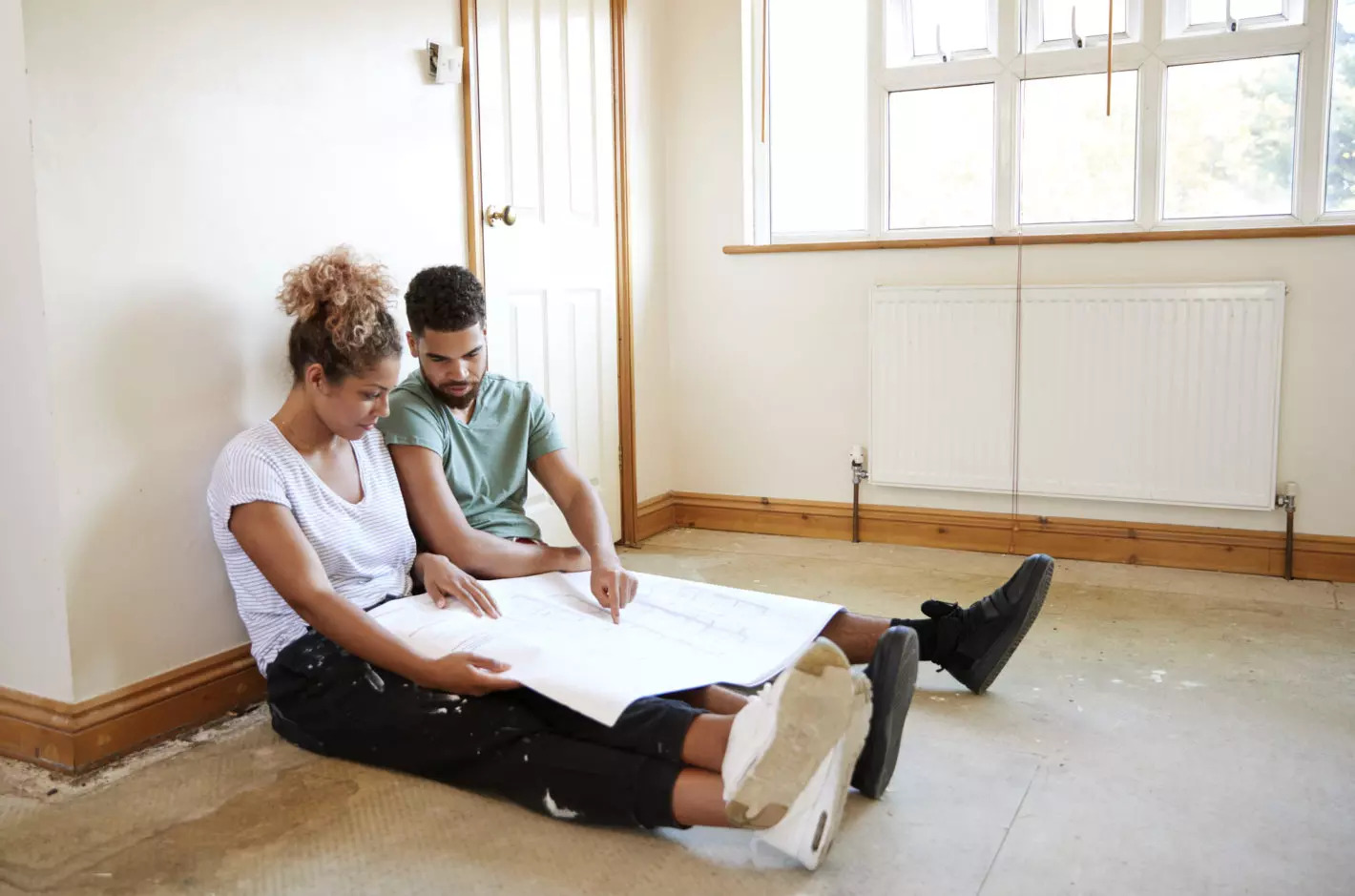

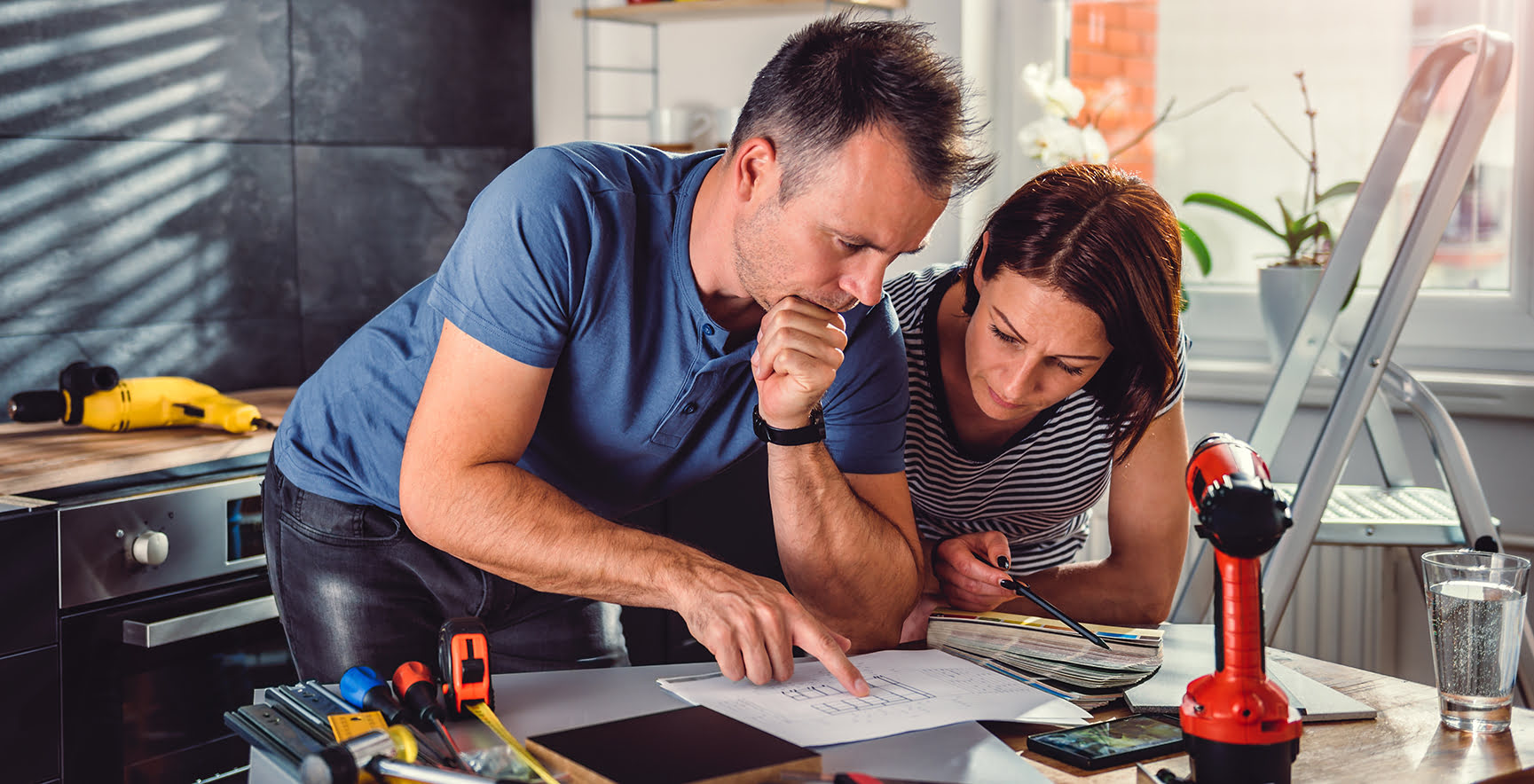




0 thoughts on “How To Get A Loan With Bad Credit For Home Improvements?”